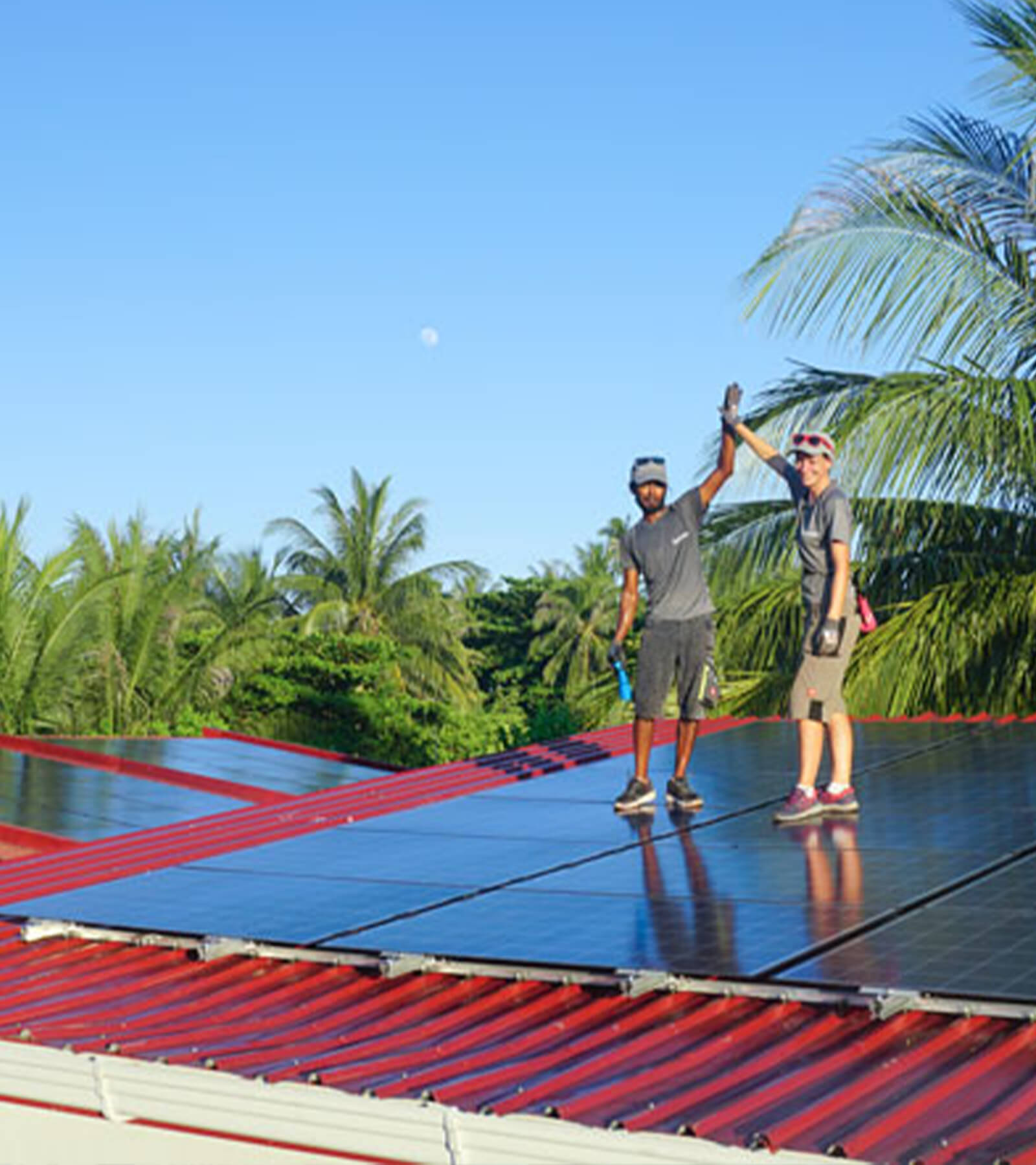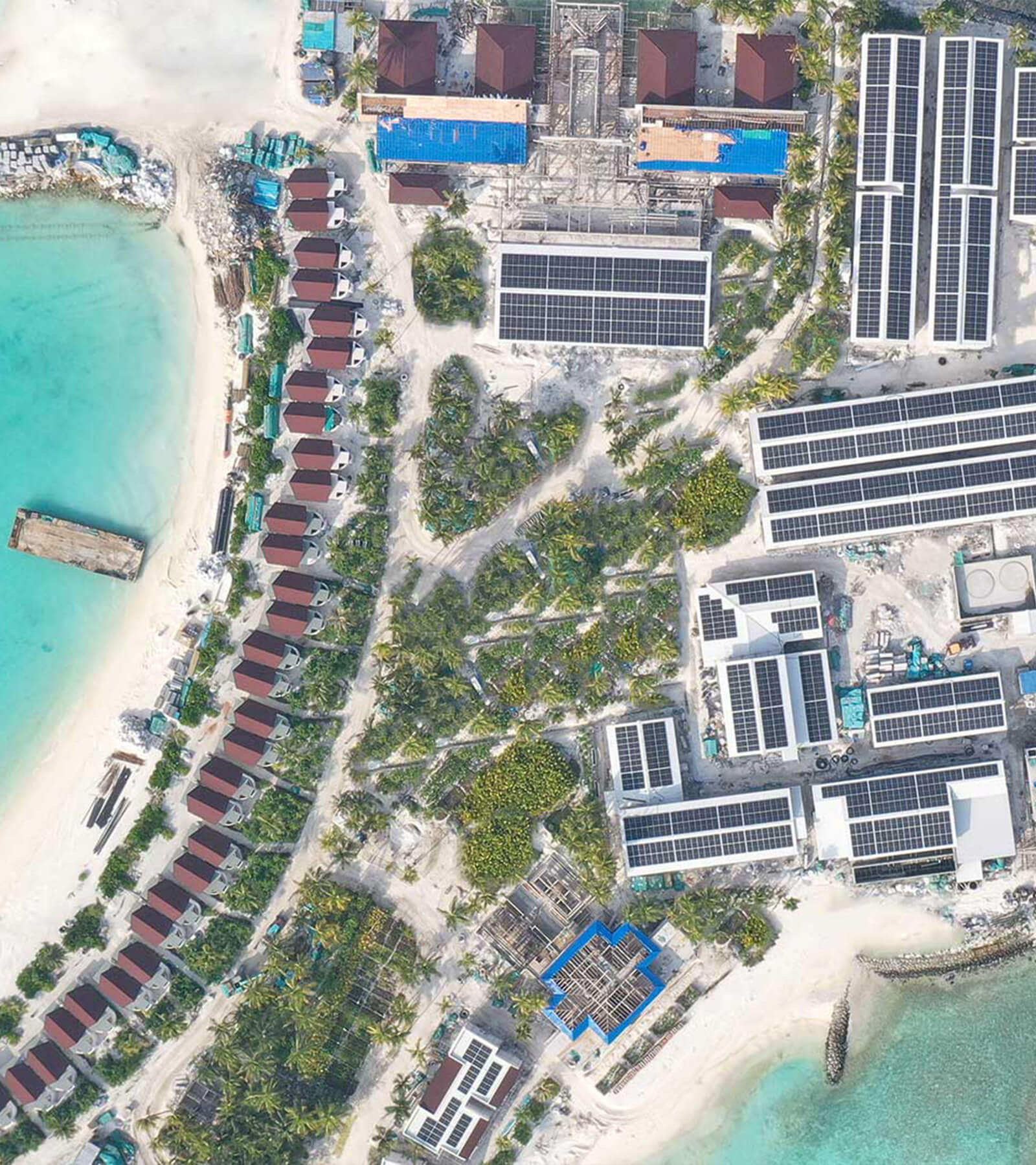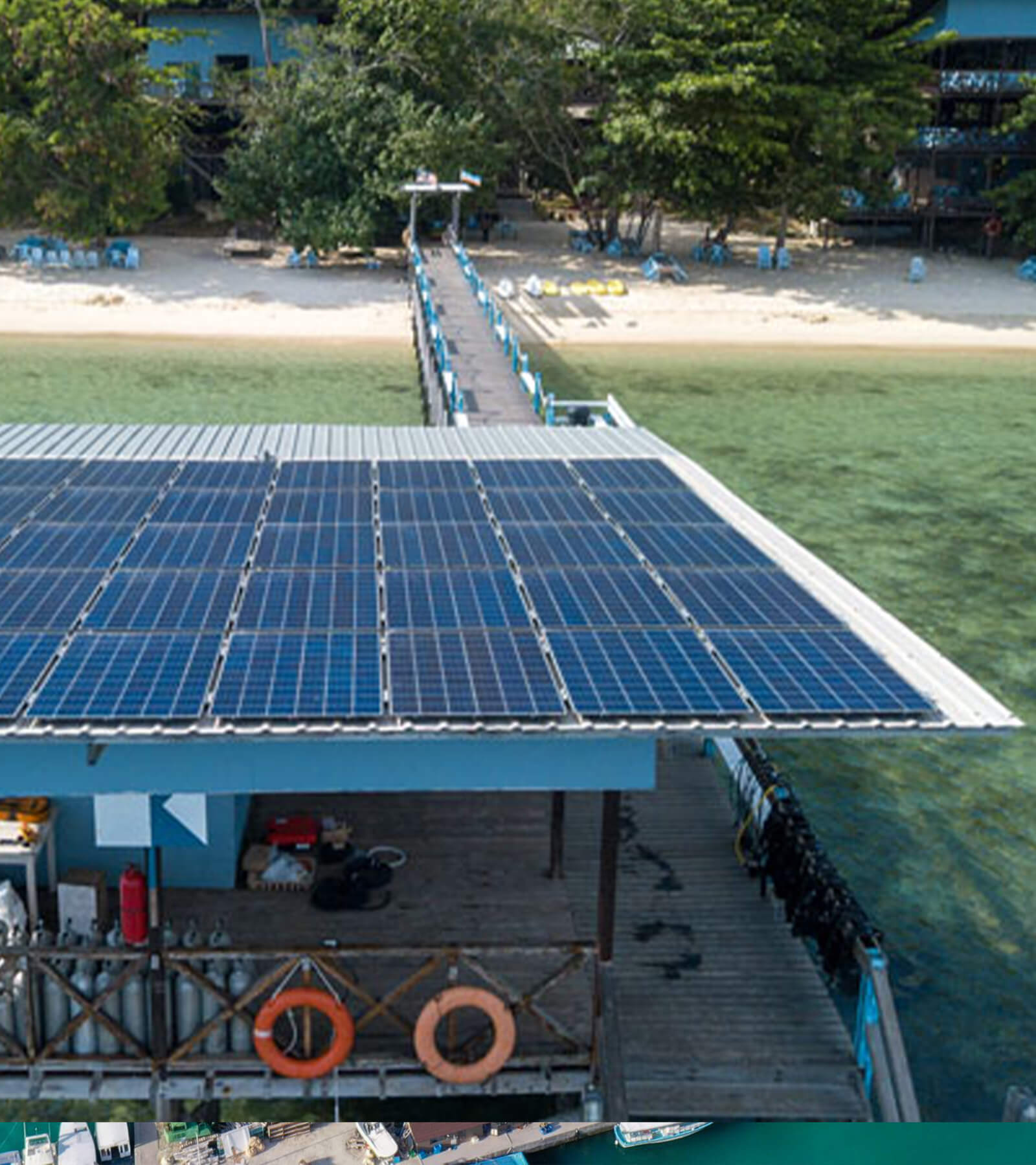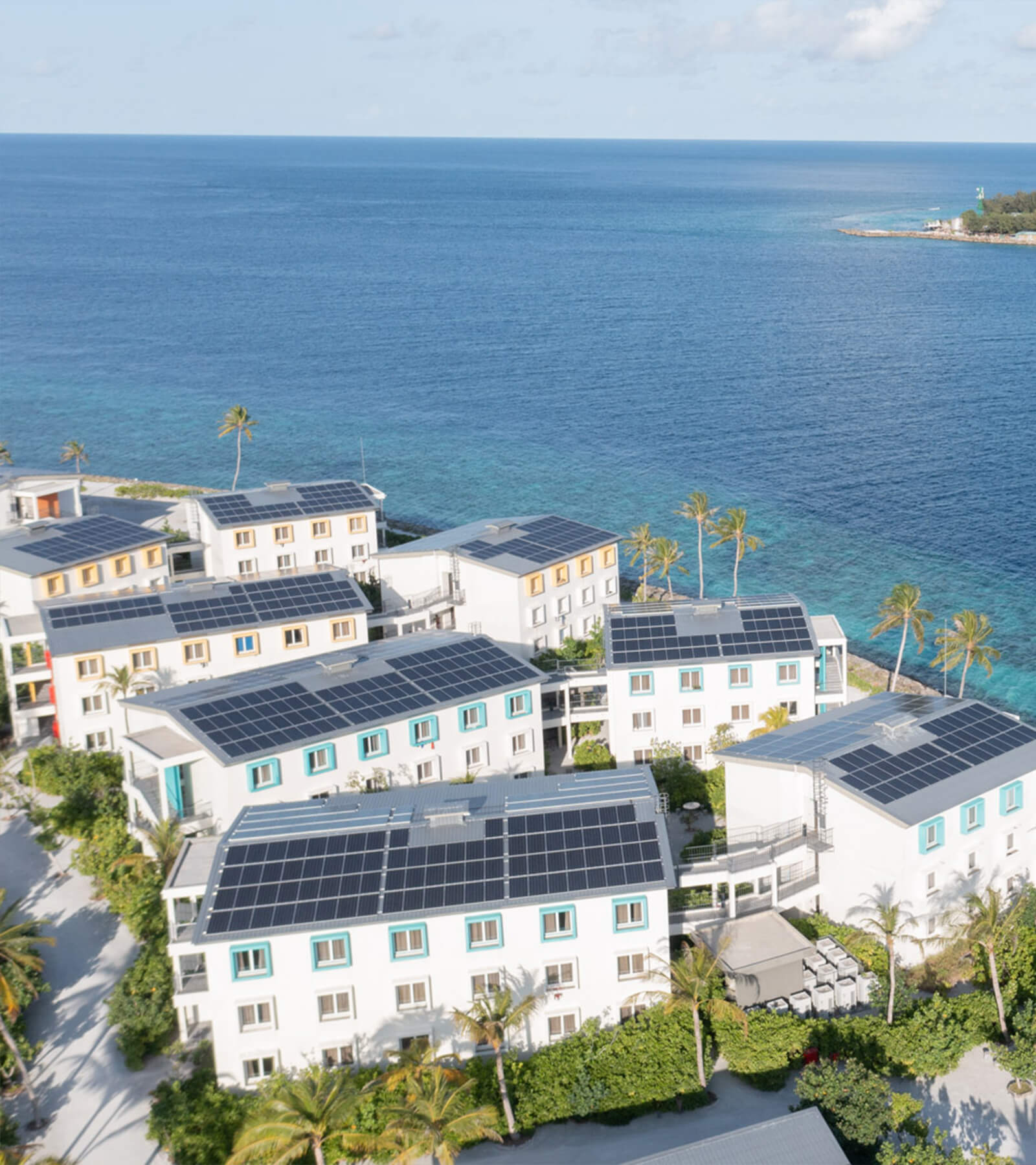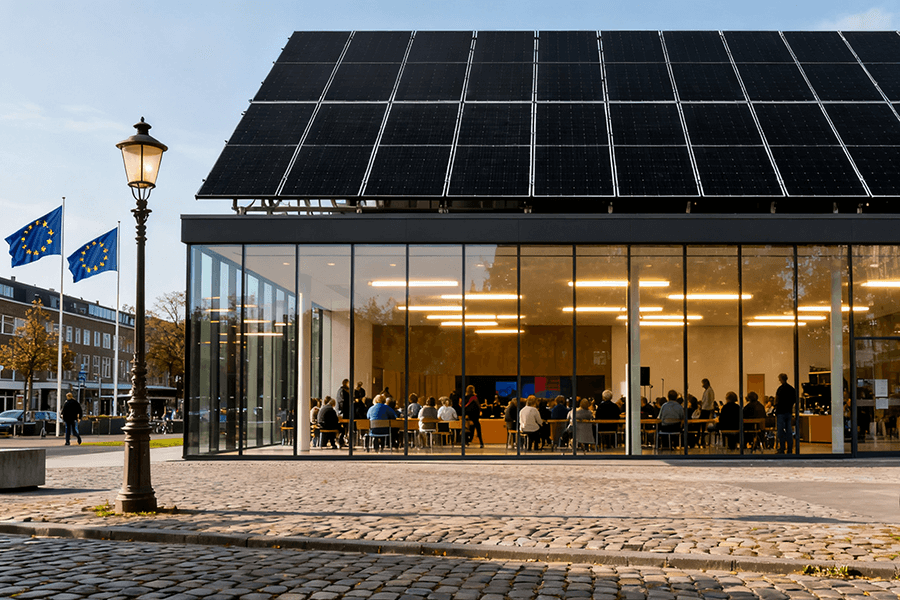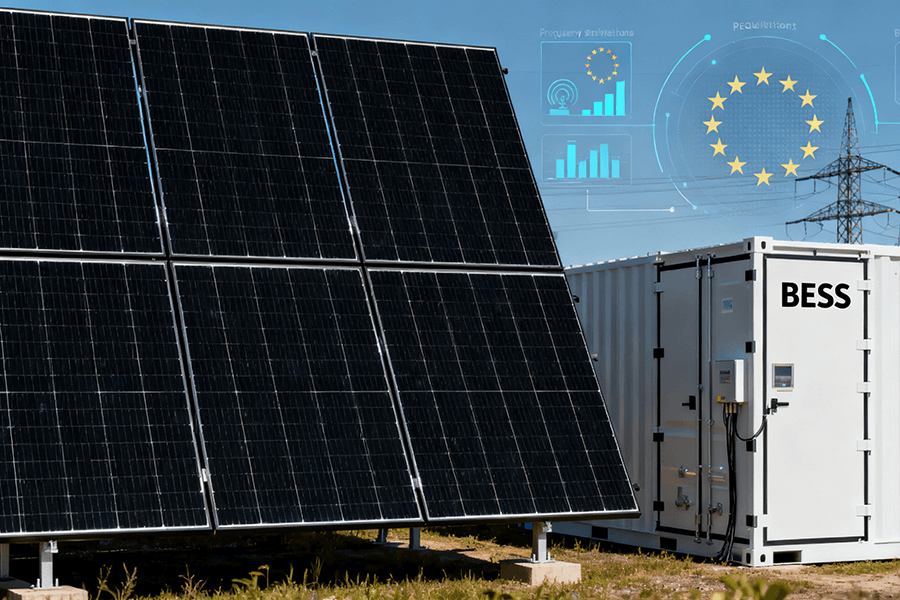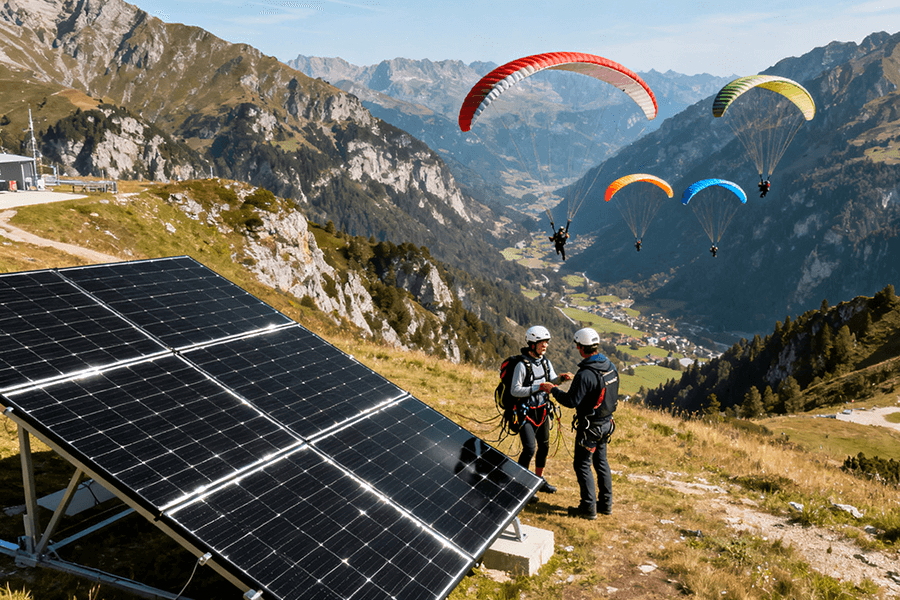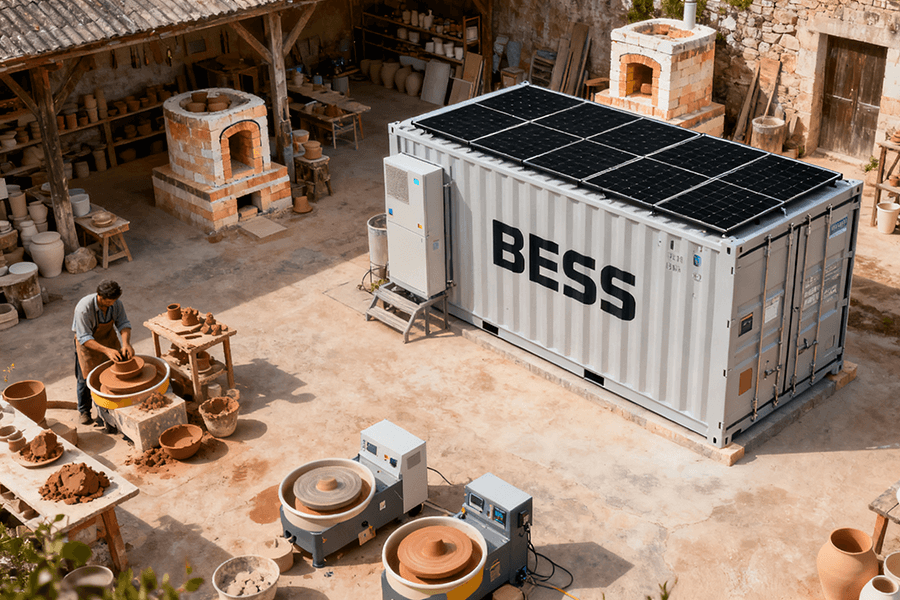Let’s demystify the ESG maze for BESS containers—no greenwashing allowed. We break down how to track embedded carbon (from mining lithium to shipping containers), offset operational emissions like a pro, and ethically source materials without summoning regulator dragons. Learn lifecycle analysis (LCA) ISO 14044 tricks, recycling’s ROI (hint: 95% recovery rocks), and GRI/TCFD reporting hacks. Spoiler: Ignoring this turns your ‘clean’ energy storage into a carbon villain. We’re Maxbo Solar—we’ve cracked the code with solar-powered LCA tools and battery passports. Measure your impact, not your panic.
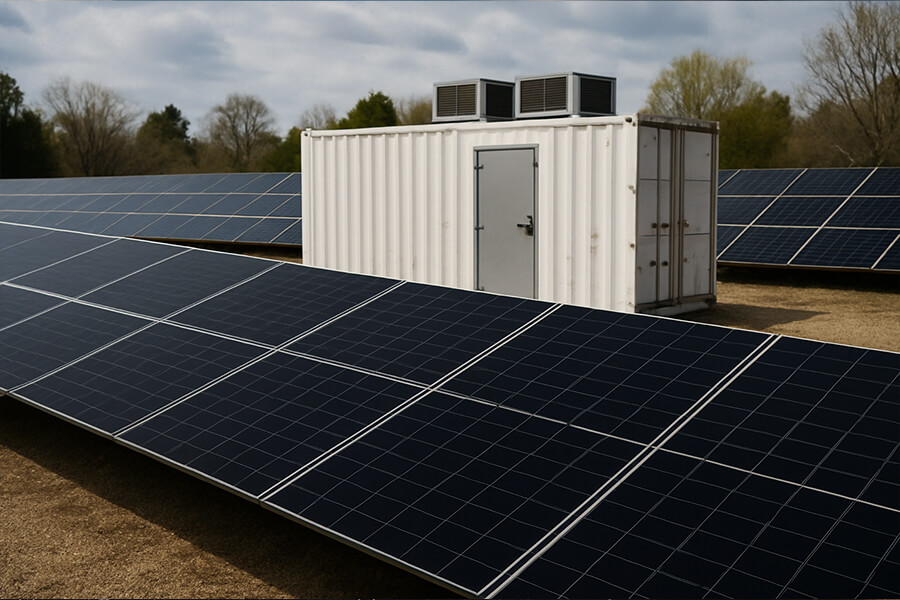
The Elephant in the Container
BESS containers: the unsung heroes of the energy transition. They’re like silent, box-shaped superheroes—except their cape is made of lithium, and their kryptonite is a bad ESG report. Let’s talk carbon footprints before regulators start tap-dancing on your spreadsheets.
Why ESG? Three Painfully Real Reasons:
- Investors Demand It: 87% of institutional investors now axe projects with weak ESG disclosures (McKinsey, 2024).
- Regulators Require It: Thanks to EU Taxonomy 2.0, ignoring carbon math could cost you €8M+ in fines (European Commission, 2025).
- Mother Earth Side-Eyes It: If your “clean” energy storage emits more CO₂ than it saves, is it even clean? 🌍😒
The BESS Paradox: Clean Energy’s Dirty Secret
Yes, BESS containers enable solar/wind power after dark. But manufacturing one 20-foot BESS container? It sneaks in a 60-80 tonne CO₂e stowaway—equivalent to driving a gas-guzzler 150,000 miles (NREL, 2024).
The Hidden Carbon Culprits (2025 Data):
| Lifecycle Stage | % of Total Carbon Footprint | Cost of Inaction |
|---|---|---|
| Raw Material Mining | 40% | Supply chain bans (EU Battery Passport non-compliance) |
| Manufacturing | 35% | Carbon tariffs up to $120/tonne (U.S. SEC, 2025) |
| Transport | 15% | Reputational “greenwashing” lawsuits (+300% since 2023, Bloomberg Law) |
| Recycling Lag | 10% | Lost $7B in recoverable materials (IEA, 2024) |
Lifecycle Analysis (LCA): Cradle-to-Grave Math
“LCA is like a BESS’s biography—except it’s less ‘rags to riches’ and more ‘raw materials to recycling bin’. Spoiler: Chapter 3 (manufacturing) needs a rewrite.”
Methodologies: The Golden Rulers
- ISO 14040/44 Standards: The industry’s carbon accounting bible. Deviate, and regulators treat you like a heretic.
- Software Tools: NREL’s BESS LCA Calculator 2025 (nrel.gov/bess-lca-tool) quantifies emissions down to the last gram of CO₂e.
Key Phases: Where Carbon Hides (and How to Strangle It)
1. Material Sourcing: “Digging for Treasure, Getting Carbon Burns”
Fun fact: Mining 1 tonne of lithium emits 15 tonnes CO₂e—like powering 17 homes for a year (IEA, 2025).
| Material | CO₂e per Tonne | % of Total BESS Footprint |
|---|---|---|
| Lithium | 15t | 25% |
| Cobalt | 30t | 20% |
| Nickel | 12t | 15% |
Source: IEA Critical Minerals 2025
2. Manufacturing: Energy’s Guilty Pleasure
“Cell production is the energy equivalent of running a small country. Solar-powered factories cut emissions by 70%—like swapping vodka shots for kombucha.”
- Dirty Secret: 1 GWh BESS factory on coal power = 55,000t CO₂e/year (BloombergNEF, 2025).
- Pro Tip: Use renewables, save $500k/yr in EU carbon tariffs (CBAM 2025 rates).
3. Transport: Carbon Miles Aren’t a Loyalty Program
“Shipping a 20ft BESS container from Shanghai to L.A.? That’s 8.2t CO₂e—or 21,000 cheeseburgers in emissions (MarineTraffic, 2025).”
- Solution: Near-shoring cuts transport emissions by 50% (Maersk ECO Delivery).
4. Operation: The Redemption Arc
- Emissions: ~0.05g CO₂e/kWh stored (negligible vs. grid power).
- Savings: 1 GWh BESS = avoiding 600t CO₂e/month by displacing natural gas (EPA eGRID 2025).
5. End-of-Life: Recycling or Regret?
| Path | CO₂e Impact | Value Recovered |
|---|---|---|
| Recycling | -20t CO₂e/container | $15k in materials (lithium, cobalt) |
| Landfill | +12t CO₂e/container | 200k EPA fines) |
Operational Emissions & Offsets: The “Yes, But” Phase
“Your BESS slashes grid emissions? Bravo! But if you powered its manufacturing with coal, it’s like dieting while mainlining cupcakes. Time to sync intentions with actions.”
Carbon Math: The Good vs. The Ugly
Operational Heroics:
- A 100MWh BESS storing solar/wind avoids 42,000t CO₂e/year (replacing natural gas peaker plants) (EPA eGRID 2025).
Embedded Villainy:
- That same BESS carries 60,000t CO₂e from materials/manufacturing (NREL, 2025).
Payback Period: When “Clean” Earns Its Name
| Energy Source | Carbon Payback Time | Net CO₂e Savings (15-year lifecycle) |
|---|---|---|
| Solar-Powered BESS | 1.2 years | 580,000t |
| Grid-Powered BESS | 4.3 years | 210,000t |
| Coal-Powered BESS | Never (debt increases) | -120,000t |
Translation: Skip renewables during manufacturing? Your “green” project is a net carbon debtor.
Renewable Pairing: The ESG Power Couple
“Solar + BESS isn’t just clean energy—it’s a circular carbon handshake.”
- 90% of new U.S. BESS projects now co-locate with solar/wind (up from 45% in 2023) (BloombergNEF 2025).
- Financial Perk: Solar-powered manufacturing cuts 30% off carbon credit costs (Gold Standard 2025).
Legit Offsets vs. Greenwashing Traps
“Buying dubious offsets? Regulators see it like paying for ‘imaginary gym memberships.'”
| Offset Type | Cost per Tonne CO₂e | Credibility | Regulator Approval |
|---|---|---|---|
| Grid-Scale Reforestation | $30 | High (satellite-verified) | EU Taxonomy ✅ |
| Direct Air Capture | $220 | Medium (limited scale) | SEC Conditional ✅ |
| “Ghost Credits” | $8 | None (risk of lawsuits) | FTC Fines ❌ |
Responsible Sourcing: No Conflict Minerals Allowed
“Sourcing cobalt? Think ‘Blood Diamond’ but with batteries. Thankfully, blockchain traceability turns murky supply chains into transparent IKEA manuals.”
The 2025 Compliance Firewall
- EU Battery Passport (2027 mandate): Requires full disclosure of cobalt/lithium origins—or face 5% revenue fines (EU Regulation 2023/1542).
- SEC Conflict Mineral Rule: Disclose sourcing or risk delisting + $2M+ penalties (SEC Final Rule 2025).
Cobalt: The “Red Flag” Mineral
| Sourcing Method | % Global Supply | CO₂e (per kg) | Child Labor Risk |
|---|---|---|---|
| DRC Artisanal Mines | 68% | 30kg | Critical ❌ |
| Recycled Cobalt | 22% | 4kg | Zero ✅ |
| Australia/Canada | 10% | 18kg | Low ✅ |
Translation: Non-certified DRC cobalt = operational emissions + ESG felony.
Lithium: Brine vs. Hard Rock Smackdown
| Source | Water Use (L/kg) | Habitat Damage | Cost Premium |
|---|---|---|---|
| Chilean Brine Pools | 1,900 | Low | 0% |
| Australian Hard Rock | 480 | High | +12% |
| Recycled Lithium | 20 | None | -18% |
“Brine lithium = ESG spa day. Hard rock mining? That’s habitat destruction with extra steps.”
Solutions: Cutting Conflict at the Source
1. Blockchain Traceability
- IBM MineLedger: Tracks minerals from pit to plant. 87% of tier-1 battery makers now use it (IBM 2025 Case Study).
- Cost: 0.02/kgcobalttracked(vs.0.38/kg compliance fines).
2. Certified Ethical Sources
- DRC’s “Green Cobalt” Certifications: 35 mines now compliant (up from 3 in 2022) (Fair Cobalt Alliance 2025).
- Lithium from Brine: 60% lower biodiversity loss vs. hard rock (UNEP 2025).
3. Recycled Materials (Closed-Loop Nirvana)
- 90% lower CO₂e than virgin mining.
- $7,200/tonne savings on lithium procurement (Circular Energy Storage 2025).
Enter Maxbo Solar: Your ESG Wingman
“Full disclosure: We’re Maxbo Solar, and we’ve been in the trenches of BESS carbon math since ‘ESG’ was three random letters. Our secret? Turning LCA headaches into actionable wins.”
2025 Solutions: Audit-Proofing Your BESS
| Service | Maxbo Advantage | Industry Standard |
|---|---|---|
| LCA-as-a-Service | Real-time blockchain tracking (99.9% accuracy) | Quarterly manual audits (72% accuracy) |
| Solar Manufacturing | 100% renewable energy (0 kg CO₂e/kWh) | 45% renewable (0.3 kg CO₂e/kWh) |
| Closed-Loop RecyclingAutomated Reporting | 98% material recovery (vs. EU’s 95% mandate) | 82% recovery |
| Automated Reporting | SEC/EU CSRD/GRI compliance in <48 hours | 6-month manual processes |
Why it works:
- Conflict Mineral Tracking: Geo-tagged cobalt from DRC certified mines (Fair Cobalt Alliance 2025).
- Recycling Synergy: Partnered with Redwood Materials—$150/kWh rebates on recovered lithium (Redwood 2025).
- Cost Slayer: Clients cut 65% compliance costs and avoid $2.6M SEC fines (Bloomberg ESG 2025).
“Why us? ESG shouldn’t mean ‘Extra Stress Guaranteed’. We turn carbon footprints into competitive advantages.”
→ Explore the toolbox: www.maxbo-solar.com

